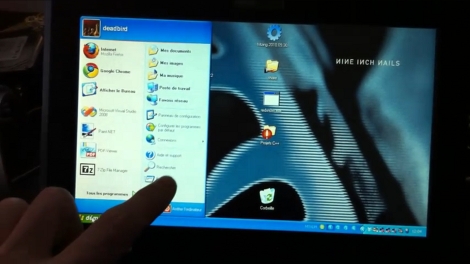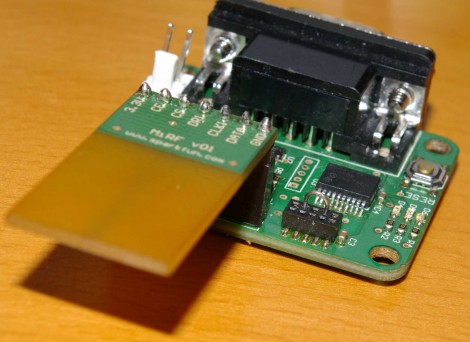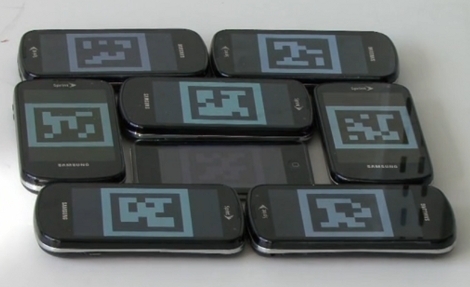
Adding touch screen capabilities to your computer is really not very expensive, but it’s a huge amount of work to get everything looking the way that it should. [Deadbird] wrote up a step-by-step guide that will help you install touch screen hardware and get your netbook put back together just like new.
The hardware comes in two parts. There’s the transparent film that covers the screen and the driver board that reads the inputs. The film itself has an adhesive layer on the back that sticks to the LCD panel. But to install it you first must remove the panel from the bezel. You’re also going to need a place to house the driver board. [Deadbird] somehow found enough room inside the case for the controller, but he had to remove the keyboard and motherboard to set it in place. This translates to a complete disassembly of your eeePC. But if you’re used to touch-sensitive devices, and have ever found yourself touching an LCD monitor and wondering why the computer is not following the link, this may be worth it to you. You can see the final product in a clip after the break.
















